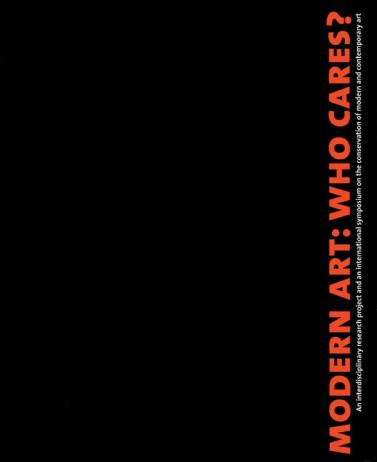
by Riet de Leeuw
Introduction
It is some years ago now that in the Kunstmuseum in Bern, somewhere on its upper floor, I came unsuspectingly across the remains of Honigpumpe am Arbeitsplatz (Honey Pump in the Workplace) – the installation that Joseph Beuys made in 1977 for the Documenta in Kassel, Germany. It comprised an electric motor, a neatly rolled transparent hose, a chalk drawing on a piece of wood, pots, a brass rod, butter, felt – I can’t remember all the details any more – all standing next to each other in a corner of the space. I recall the area being dimly lit and I no longer know what else was there. Probably I was so surprised to find the work there and so enormously attracted to these remains that I hardly had eyes for anything else. Standing quietly there in the corner, neatly arranged, the whole had something touching about it. At the same time the work gave the impression of things that had been used and the taken apart and put next to each other as a mechanic might do.
This article was originally published in: Hummelen, IJ., Sillé, D., Modern Art: Who Cares?, Amsterdam: Foundation for the Conservation of Modern Art/ Netherlands Institute for Cultural Heritage, 1999, p. 212-221.
Download PDF of article via this link:
DE LEEUW, R. The Precarious Reconstruction of Installations